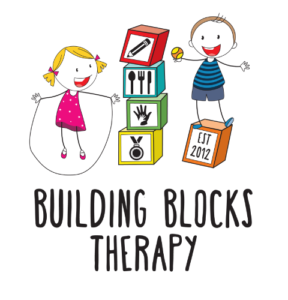Children are referred to Paediatric Occupational Therapists (OTs) when they need assistance to develop confidence and independence in particular roles and skills in their life.
Each child is unique, as is the family and community context that they are part of. In order to understand your child and family, and where your child may need assistance, your OT will spend time talking with you and your child to identify:
- Your child’s roles (eg. student, family member or friend) and occupations (eg. toileting, dressing, drawing, writing, and participating in play).
- Their environments (eg. home, school, childcare).
- Occupational concerns and strengths for your child.
- Barriers that may be preventing your child from participating in their roles and occupations.
- Special interests for your child
- Family and individual routines.
- Family values.
Once your OT has developed a stronger understanding about your child, their strengths and needs, and your family, they will work in partnership with you to set goals for your child. Goal setting is vital because OTs use these goals to direct the focus of therapy. It is important that the goals set are in line with what each family wants to focus on for their child, and when a child is old enough, also what the child wants to focus on.
Once your OT understands the desired goals for your child, they will translate these into SMART goal language, so that goals are documented to be Specific, Measurable, Achievable, Relevant and Time-bound.
There may be many steps that a child needs to master in order to reach the overall goal. For this reason, your OT may break down these goals into steps required to develop that skill. For example, in order for a child to participate in writing activities in a classroom environment, foundational requirements and skills include:
- Being able to focus on the task for a specified period of time
- Core body strength to sit in a chair
- Upper body strength to support controlled hand movement
- Hand and finger strength to manipulate and control a pencil effectively
- Established hand dominance
- Being able to use both hands at once
- Being able to draw basic shapes and lines that support letter formation
- Number and letter recognition
Your OT will then use a range of strategies and interventions to support your child to build the skills required to progress towards their goal. If you have any questions about the goals your child has, or how your OT is working with your child to reach their goals, please ask.
Your OT will also check in with you regularly about the progress your child is making towards their goals. Your feedback is vital, so please tell them about the progress you have seen, what is working well and what is not. We are keen to hear from you!
Hilary Koolstra
Occupational Therapist
